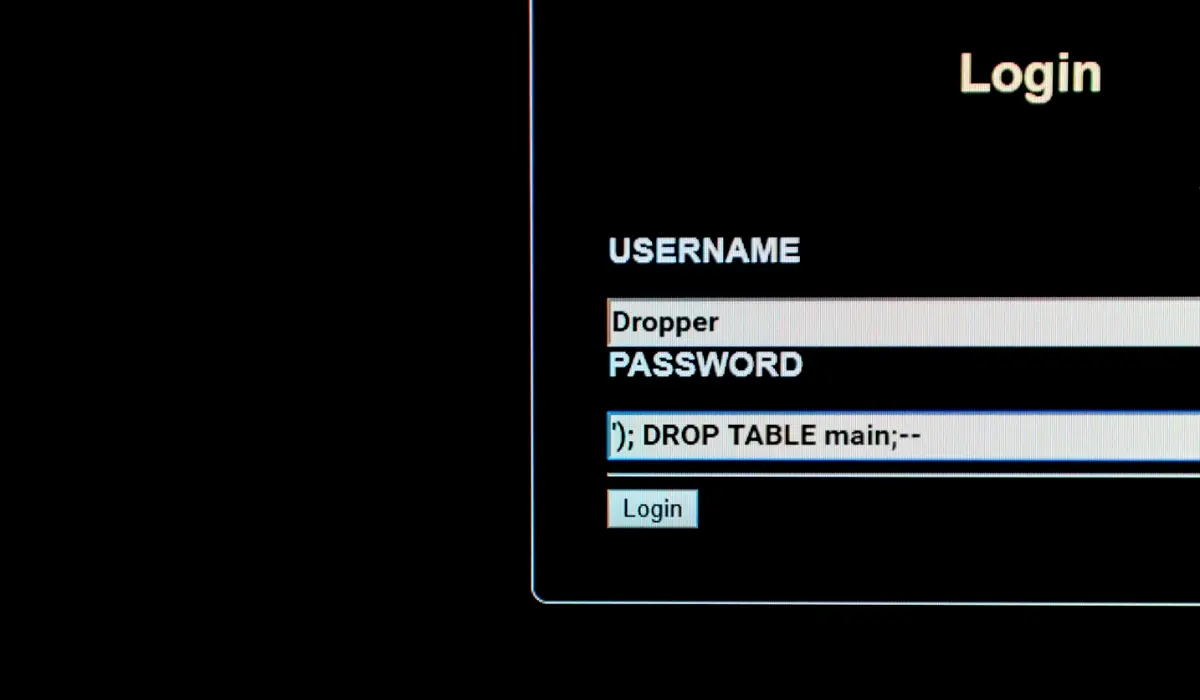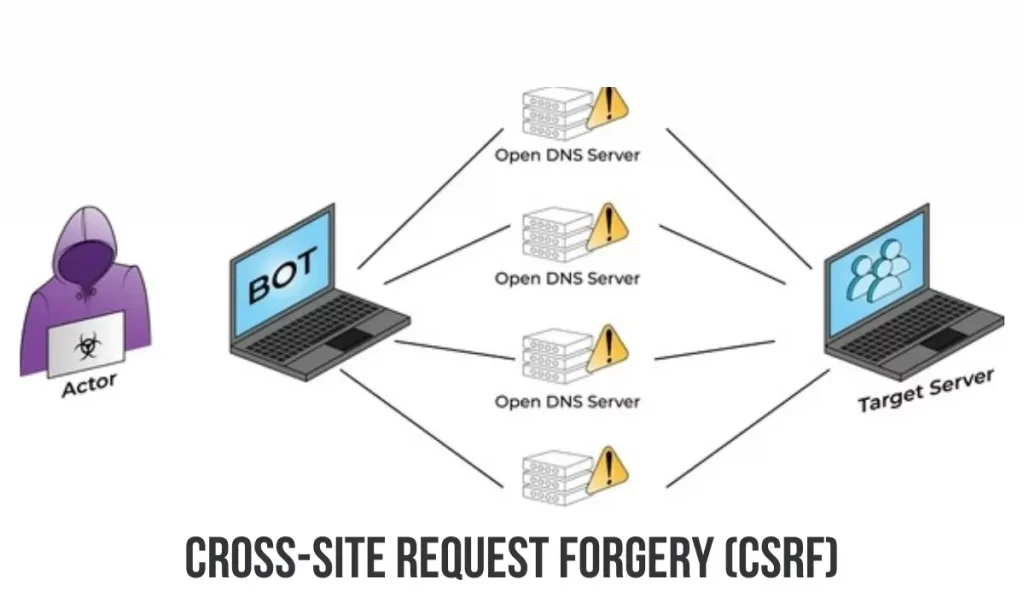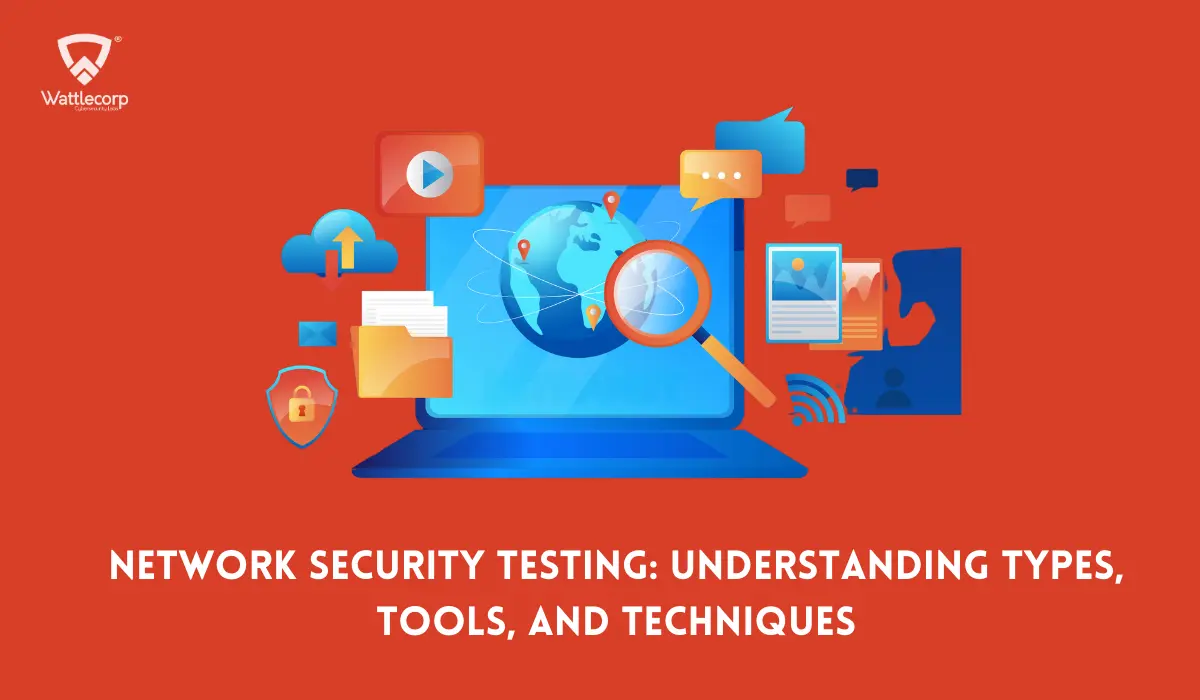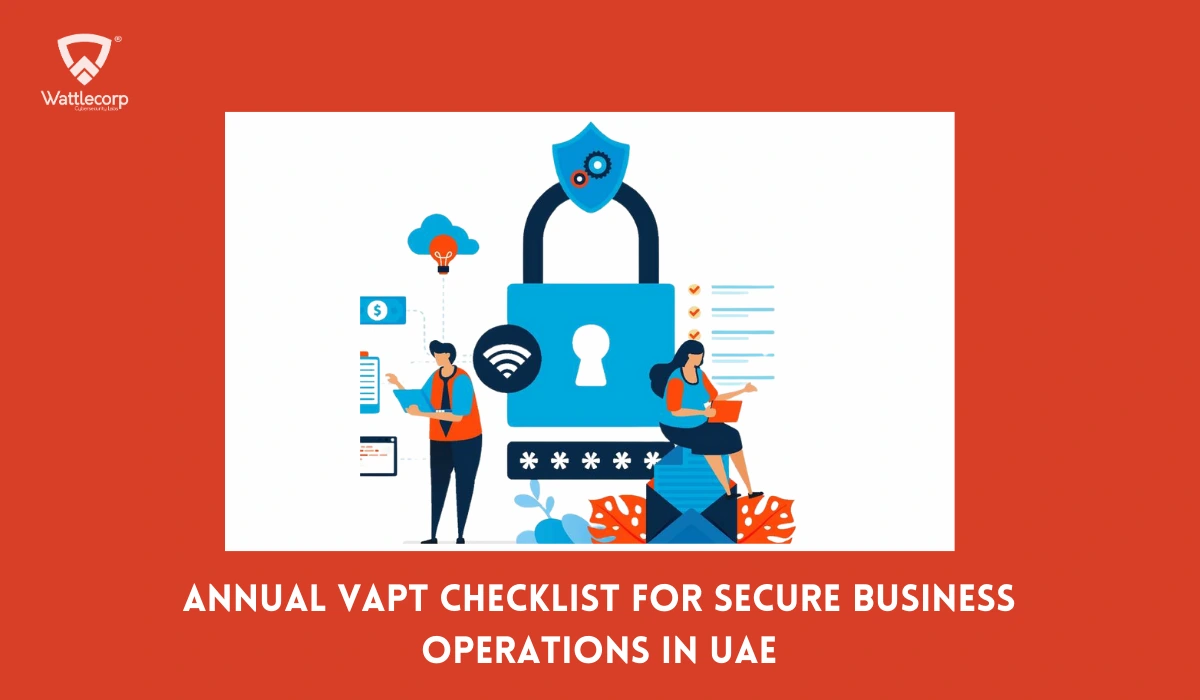At a time when businesses are thriving with their online presence, web applications and their security have become an inevitable part of business and life. Web application vulnerabilities can pose extreme risks resulting in data breaches which can cost heavily for a company. As precaution is always better than a remedy, detecting web application vulnerabilities and resolving them could save you both money and time.
Hackers always seek new ways to compromise your system, web application vulnerabilities are the loopholes that they find to penetrate the system. These loopholes are ever-changing, and the best way to hinder such attacks is to identify the common web application vulnerabilities, as there are proven solutions to fix them.
Here, we will list the common web application vulnerabilities that are often exploited by malicious actors. We will also explore how to protect your business from attacks and how to fix web application vulnerabilities.
Table of Contents
Toggle- What Are Web Application Vulnerabilities?
- Top 10 Common Web Application Vulnerabilities In 2024
- 1. Broken Authentication
- 2.SQL Injection Attacks
- 3.Cross-Site Scripting (XSS)
- 4. Local File Inclusion (LFI)
- 5.Cross-site Request Forgery (CSRF)
- 6. Data Breach
- 7. Insecure Direct Object References (IDOR)
- 8.Security Misconfiguration
- 9. Unverified Redirects and Forwards
- 10.Broken Access Control
- How to Protect Your Business From Web Application Vulnerabilities?
- Frequently Asked Questions (FAQs)
What Are Web Application Vulnerabilities?
Every application has some security faults or loopholes which are referred to as web application vulnerabilities if not remedied at the right time hackers can use such vulnerabilities to launch a cyberattack which can lead to many problems like data breaches or disrupt the operation of a system that can ruin the credibility of a company.
Since web application is exposed to various networks and users they are vulnerable to cyber attacks that often use this weakness in the system there are a plethora of web application vulnerabilities and even though each of their impact on security risk changes at times they never cease to become a threat thus it is important to carry out various web security tests to detect and address vulnerabilities
Top 10 Common Web Application Vulnerabilities In 2024
Malicious actors often modify their methodologies and they can infiltrate into the system through a loophole that you may not even notice. To get ahead of them identify the vulnerabilities as soon as possible and address the issue. The common vulnerabilities that such actors make use of to compromise an organization are listed below.
The top 10 web application vulnerabilities in 2024 are
- Broken Authentication
- SQL Injection Attacks
- Cross-Site Scripting Control (XSS)
- Broken Access Control
- Cross-site Request Forgery (CSRF)
- Data Breach
- Security Misconfiguration
- Insecure Direct Object References (IDOR)
- Local File Inclusion (LFI)
- Unverified Redirects and Forwards
1. Broken Authentication
Authentication primarily verifies that the appeared person is the actual user. Hackers can compromise broken authentication vulnerability by stealing passwords or keys and disguising themselves as users. The attacker gets unauthorized access to the web application possibly because the system failed to provide proper access management control.

Preventing Broken Authentication
- Correctly implement timeouts
- Create a secure password and timely update them
- Make use of Multi-Factor Authentification
- Secure Sockets Layer (SSL) security protocol
2.SQL Injection Attacks
Many applications and servers that store critical data for websites use Structured Query Language (SQL) to manage and communicate with the database.

During SQL Injection Attacks, the hacker manipulates backend databases to modify the data or access sensitive data that can put the system under critical cybersecurity risks.
Preventing Injection Attacks
- This occurs due to the failure of the system to filter untrusted data to the SQL server. Ensure that all the inputs are filtered.
- Make use of framework filtering functions.
- Use a Web Application Firewall (WAF) that helps to identify SQL injection attempts.
3.Cross-Site Scripting (XSS)
XSS attack is carried out by injecting malicious code into an input field that runs when the user visits the page.

The links to such malicious scripts are often embedded in a blog, image, or video, so when a user goes through the compromised website it can spread malware and access data.
Preventing XSS Attack
- One of the reasons for XSS attack is input sanitization failure, make sure to sanitize input fields.
- Blacklist risky HTML tags
- Encode the output data to prevent automatic execution by a browser
4. Local File Inclusion (LFI)
File inclusion is standard functionality for the PHP programming language to package shared code into different files. The attacker exploits the file inclusion mechanism when a web application takes user input and transfers it to a file inclusion command by injecting malicious code into the app.
Preventing LFI
- Disable The Remote Inclusion Function
- Sanitize your inputs
5.Cross-site Request Forgery (CSRF)
In CSRF a malicious actor gets a user to change information, like user name or password using social engineering methods. The attacker makes use of the user’s browser, cookies, and session to issue a request to a target site.

If the user is logged into a session that uses only session cookies for validating user requests and the user takes the action, the attacker can take control of the browser to get credentials and access to all data.
Preventing CSRF
- Implement re-authentification
- Store tokens in hidden fields, so that third-party sites cannot access
6. Data Breach
One of the most common vulnerabilities that lead to sensitive data leakage. Occurs when an attacker breaches data during its transition or at rest with insufficient storage encryption.

Ensure the data are always encrypted while in transit and at rest.
Preventing Data Breach
- During the transition of sensitive data do not use URLs
- Thoroughly analyze Website Scripts during the development lifecycle
- Implement Encryption Algorithms for incoming data
7. Insecure Direct Object References (IDOR)
A direct object reference indicates that a file or database is exposed to the user and if there is a broken access control or no authorization check it leaves the web application vulnerable to attack.
Preventing IDOR
- Use additional Access Control Checks
- Store sensitive data internally
- Do not use CGI parameters to pass data from the client
8.Security Misconfiguration
Security misconfigurations are critical web application vulnerabilities that can easily infiltrate an attacker into the system.

Occurs when a company fails to change default security settings leading to following security misconfigurations.
- Poor firewall
- Insecure password
- Unpatched software
- Lack of encryption
- Using default account/password
- Incomplete configurations
Preventing Security Misconfiguration
- Enhance the design of the web application
- Regularly update the software
9. Unverified Redirects and Forwards
Redirects and Forwards are used to easily navigate around a web application. But attackers often use such forwards to take a user to an illegitimate website from where they can easily install malware to the system.
Preventing unverified redirects and forwards
- Do not use unnecessary Redirects and Forwards in the application
- Allowlist user-defined parameter.
10.Broken Access Control
Access Control is related to the user’s interaction with data and resources. The failure in access control can provide users with unauthorized access to resources and the ability to modify data.

Cyberattackers can exploit such vulnerabilities that can shake up the integrity of the company.
Preventing Broken Access Control
- Manage Role-Based Access Control to limit unauthorized access
- Make sure the App’s Authentification Configured
How to Protect Your Business From Web Application Vulnerabilities?
With time some vulnerabilities become more threatening than others and new ways of data breaching occur to counter, it requires web application security testing and solutions specifically designed to identify the vulnerabilities and remediate Web application security risks.
Dynamic Application Security Testing
DAST examines the application to find any vulnerabilities while the app is in a deployed stage or a production environment, it does not require access to the source code. DAST tools send different requests and inputs that contain malicious code to stimulate an attack and analyze the result to determine the web application vulnerabilities.
Static Application Security Testing
SAST scans the source code to identify if any potential vulnerabilities cause cybersecurity risks. SAST is more effective in accessing an app’s internal structure and can be deployed at multiple stages of app development. This method is used to scan the app without executing it.
Interactive Application Security Testing
This test combines the advantages of both SAST and DAST to examine all the interactions of the data in real time. This can be extremely effective since IAST scans the app while it is deployed as well as analyses the source code to spot any web application vulnerability.
Vulnerability Analysis & Penetration testing
Penetration testing is a security technique where the tester is disguised as a real hacker and penetrates the system to detect vulnerabilities. It is a combination of human expertise and scanning tools that has now become a fundamental requirement in cyber security services to strengthen the application.
Web Application Firewall
A web application firewall protects web applications by inspecting and fileting traffic between the web app and the internet. It blocks SQL injection, CSRF, and XSS attacks by placing a barrier between the attacker and the website. A WAF is useful for companies that provide web-based services or products which require interaction with customers globally such as e-commerce, financial service providers, etc.
The listed common web application vulnerabilities can be extremely dangerous since the attack targets the weakest point of the application, and the eventual security risks can tarnish your brand’s image.
Make sure that proper web application security testing is performed to detect and remediate the vulnerabilities. Ensure secure coding practices for web applications as they can mitigate the security gaps during the developmental lifecycle.
Frequently Asked Questions (FAQs)
Do not wait until your system gets exposed to understand your security weaknesses. Use the application security scanners to identify the weak spots. Also, carry out penetration testing to understand if you have any vulnerabilities. Conduct regular risk assessments.
As IBM’s annual report states, the cost of a data breach in 2023 was USD 4.45 million. Regardless of the scope of the company web application attacks can occur to any company. While smaller companies are more vulnerable, larger companies immune to common attacks might have a lot to lose.
Ans: Secure coding practices can help build applications with minimal vulnerabilities where customers can entrust their sensitive data to an organization. The best five secure coding practices are:
Avoid shortcuts
Continuous code review
Input Validation and Output Encoding
Access Control
Avoid components with known vulnerabilities








1 thought on “Common Web Application Vulnerabilities Putting Your Business At Risk In 2024”
Pingback: Anjali (anjali_k_k) | Pearltrees